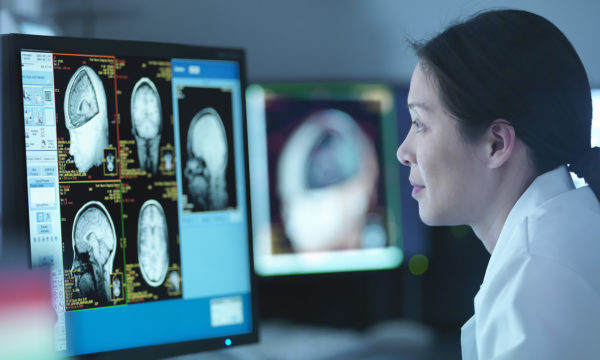
Which is more important – the person or the picture?
We are incredibly lucky to live in a time where we can see more, know more and fix more within the human body than ever before.
But with all this medical power must surely come medical responsibility?
Dark Ages
I completed my physiotherapy training over 30 years ago and back then, in the dark ages, an MRI scan was not an easy thing to get.
Before ordering one we had to:
- Know what we were looking for
- Prove that answering this question would affect treatment
It was a BIG deal.
So I have never relied very heavily on them – I use the large range of clinical assessments I was taught with an occasional MRI to answer a specific question:
Is this tendon completely torn or just damaged?
AKA
Can I treat this patient or do they need a surgeon?
Recent research
There are 3 recent pieces of research that have really made me question the value we place on MRI scans versus a proper clinical assessment.
- A small study with 1 patient given 10 MRI scans. This 1 person received 29 different findings. There was only 1 finding common to 9 of the 10 scans.
- A larger study looked at people with no back pain – 70% of 20 year olds had disc “bulges”. 80% of 50 year olds have “disc degeneration”.
- And the last one is a HUGE study from the USA showing 42% of patients received at least one “useless test”.
Too much or too little
In the medical profession we are far more concerned about doing too little than doing too much. It’s the diagnosis that you missed that haunts you.
But the person sat in front of you can tell you far more than their pictures.
In the USA they are changing their model to longer visits with the primary physician focusing on taking the time to get to know the person and then teaching the patient how to manage their condition. Death rates for these towns are half of the state average.
Could a longer appointment, with less tests and less surgery actually make you live longer?

One Comment